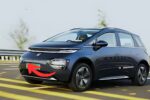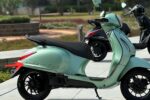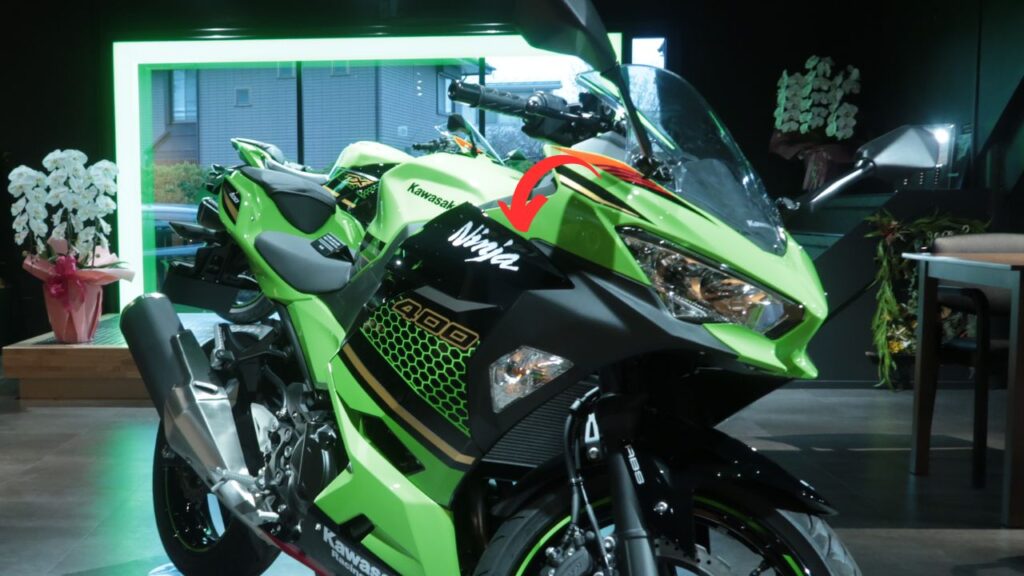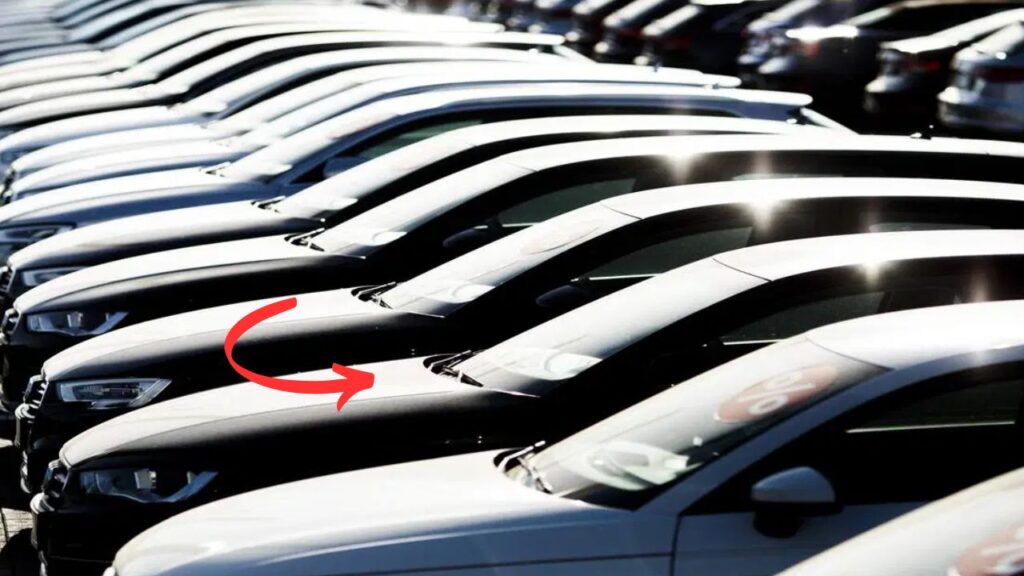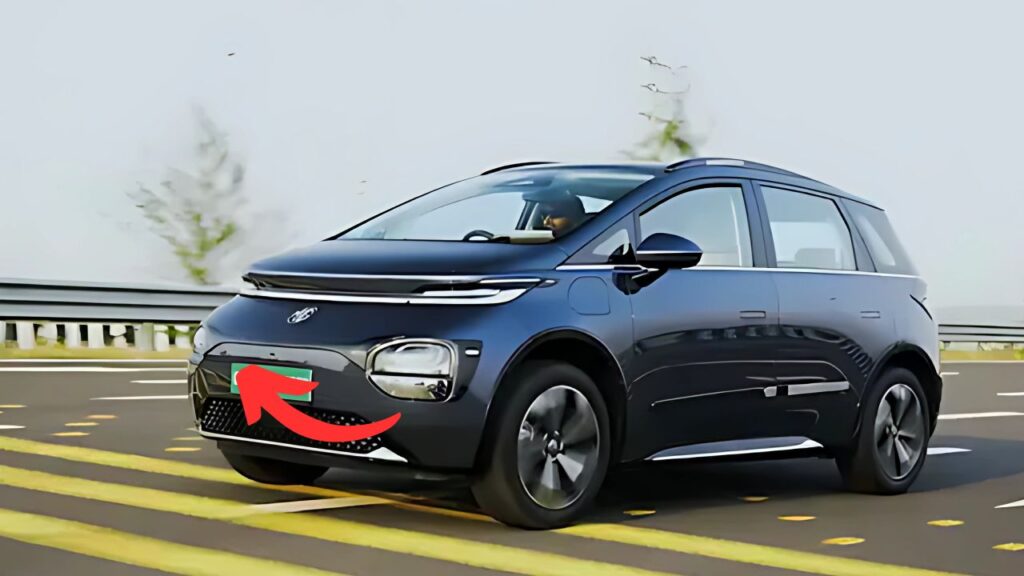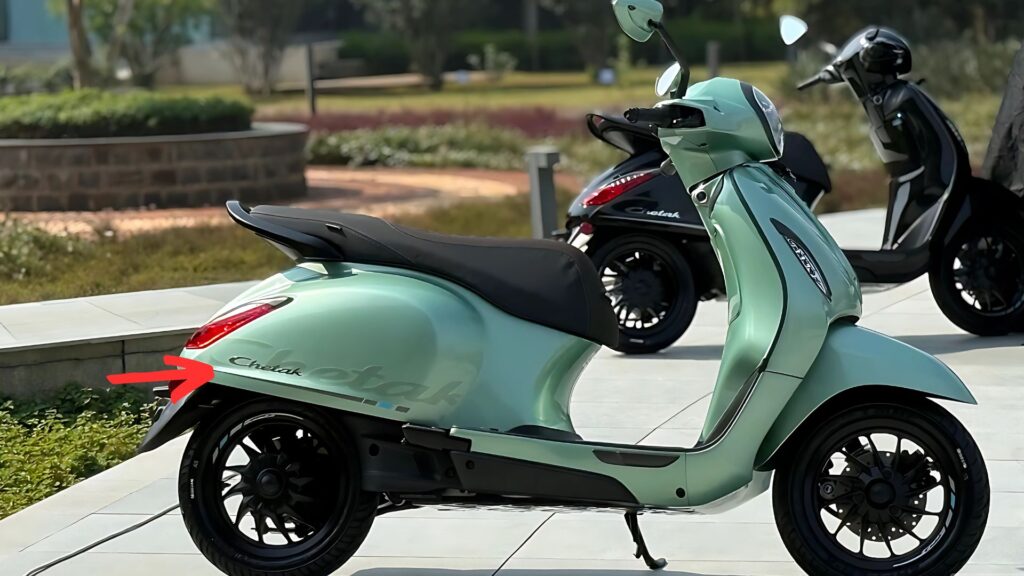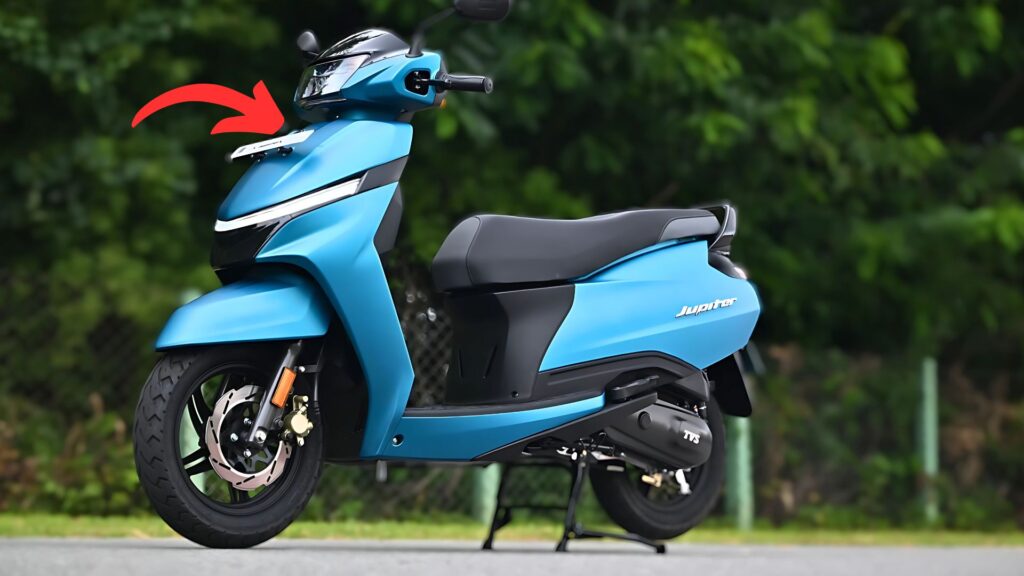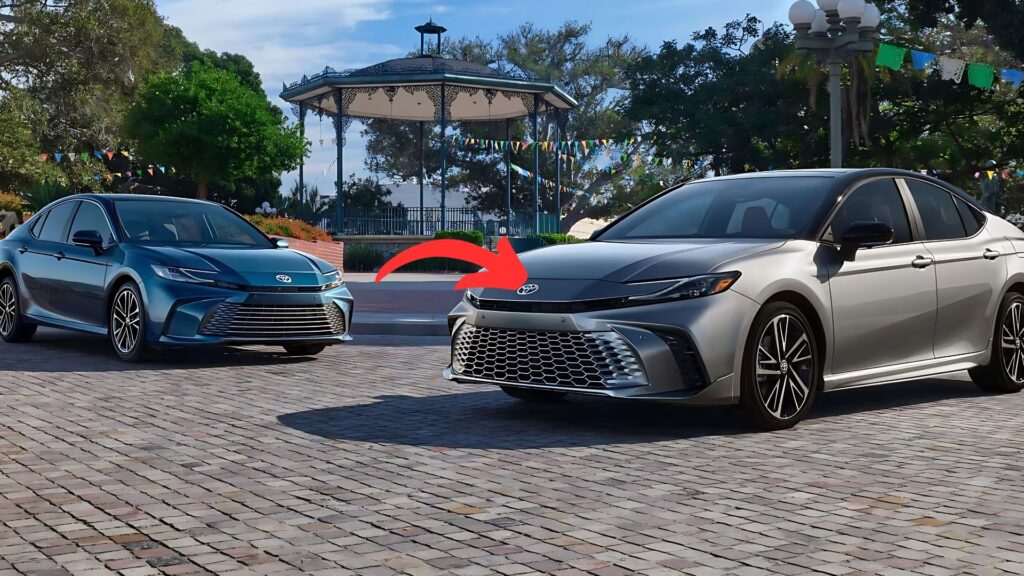India’s electric vehicle (EV) market continues to surprise, and a new winner is emerging in the race to the top. MG Windsor EV is India’s best-selling electric car in March 2022; the title holder surpasses heavyweights such as Tata Nexon EV, Tata Curvv EV, and Mahindra XUV700 This is an incredible feat mere months after the launch of the vehicle, which could indicate a trend in consumer choice and market transformation in India’s expanding electric vehicle industry.
Table of Contents
An Unlikely Contender Emerges
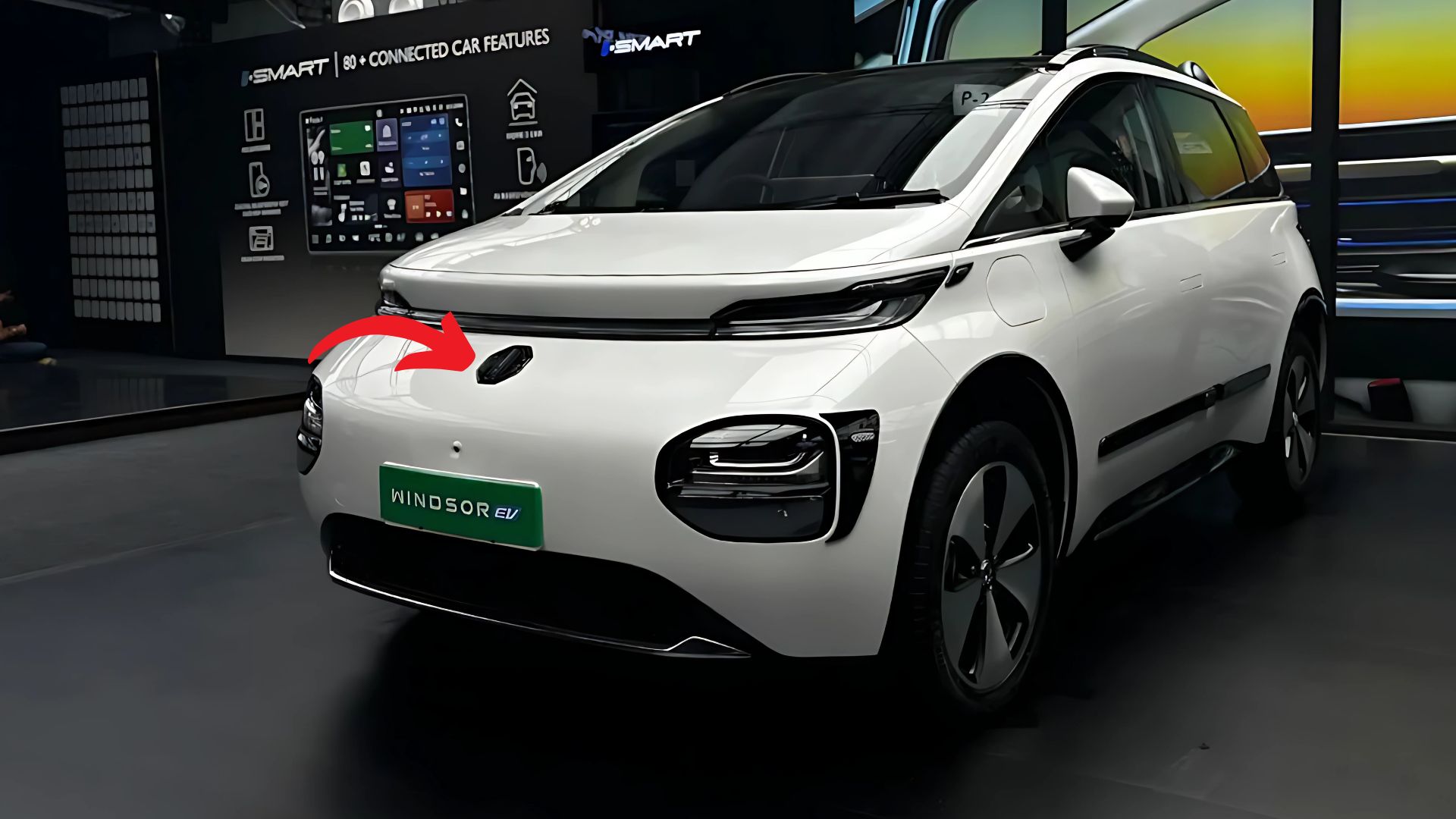
When JSW MG Motor India launched the Windsor EV in September 2024, there were few industry observers who believed it would shake the market to the core as it has. But already, in its first month of sales, the Windsor EV has surpassed all expectations by achieving 3,116 units sold, which is leaps and bounds ahead of its closest competitors. In comparison, the much-hyped Tata Nexon EV, which has been the undisputed toast in India’s electric car arena for sometime now, could sell only 1,593 units, the Tata Curvv deliveries were 1,542 and the deliveries for Mahindra XUV400 were 602.
This wasn’t a flash in the pan. Sales at the Windsor have since continued to gain steam in the months following. The Windsor EV had further established itself by January 2025, with 3,450 units delivered and outsold the Nexon EV (1,289 units) and Tata Punch EV (1,189 units). Steady as these numbers might be, they represent the fact that MG has found a receptive ear among Indian customers when it comes to electric mobility, at an affordable level.
“I researched all the options for months,” says Mohit Sharma, a 36-year-old software engineer from Gurugram who has recently brought home the Windsor EV. The Windsor simply gave us room for our family, and had better features, and the Battery-as-a-Service model really helped with the upfront cost. It was nothing more than better bang for the buck than anything else in its class.”
The Battery-as-a-Service Revolution
The Windsor EV story would not be complete without mentioning its groundbreaking total cost of ownership (TCO) approach. Key to its market success has been MG’s groundbreaking ownership and rental scheme, on a BaaS basis – Battery-as-a-Service. The “first of its kind” offer is claimed to bring the upfront cost of EV ownership, making it more affordable for potential customers by ensuring that customers would be paying for battery usage based on consumption, at just INR 3.5 per kilometer.
“MG Windsor available at ₹9.99 Lacs and First)** up to ₹3.49 per km will be charged for the Battery Consumption! The company has added a cherry on top in the form of a lifetime battery warranty for the original owner. This can be a significant game-changer toward accelerating EV adoption, especially in the like of India where the high initial purchase cost is one of the biggest hurdle in price-sensitive markets.
“The BaaS model is certainly a game changer,” comments Priya Menon, automotive analyst with a leading research company. “The purchase price is essentially the most expensive component — the battery — out away,” said Abhishek Juwekar, an analyst at BloombergNEF, a research firm, adding that middle-class Indian families would be able to afford electric vehicles. MG has obviously done their homework on the key reason why EV adoption has been held back in India.”
Technical details and Characteristics
Apart from its unique pricing model, the Windsor EV is a competitive product in terms of performance and features, which has also struck a chord with the Indian market. It’s fitted with a 38 kWh lithium-ion phosphate battery pack rated at IP67 with a 332km range on a single charge, it fall more than within the accept[able] ranks. The electric motor has a power of 134 hp and a torque of 220 Nm, enough for city maneuvering and occasional long drives.
The EV Windsor mixes functionality with clever touches so is particularly attractive to family buyers. The spacious interior is furnished with individual “Aero-Lounge Seats,” featuring 135-degree reclining capabilities, ensuring that passengers travel in comfort.
“Windsor EV (owner) Rahul Desai from Mumbai feels that comfort is one of the selling points of the car: “I recently took the car for a weekend trip to Lonavala and was amazed at how comfortable it was to drive. These seats have less in common with a car seat than a lounging chair. I took my kids and they actually fell asleep in the back, which I can never do in our old car.”
“Infinity View Glass Roof” adds an additional feeling of airiness to the spacious cabin, and the well-equipped infotainment system and safety package with multiple airbags—dual front, side, and curtain airbags—ensure driver and passengers feel well-protected.
Implications and dynamics on the market
The victory of the Windsor EV is a major blow to the India electric passenger vehicle market leader, Tata Motors. Tata Motors had been steadily consolidating its position with an impressive EV portfolio that ranged from the Nexon EV, Tigor EV, Tiago EV, Punch EV, to the very recent Curvv EV, but MG’s meteoric rise has changed the dynamics completely. Last month, JSW MG Motor India’s Monthly EV sales held 37 percent share in the EV sales, a huge 3x growth from 14 percent in same month in January 2024.
Dutch recruitment giant Randstad has been planning its strategic penetration of the Indian job market and these investments are only going to make it stronger.The company has also said that it would add another 100 retail touch points by the end of 2024, and make a stop at 520 in 270 cities by March 2025. Such aggressive push for wider reach has ensured MG has reached out to customers who were not looked upon by EV makers till now especially in Tier 3 and Tier 4 cities and rural markets.
“What we are seeing is a tectonic shift in India’s EV landscape,” says Vikram Gulati, a consultant to the auto industry. “What MG has established, is that if the value proposition is in the right place and if it works for the Indian consumer, there is no challenge in the Indian consumer accepting and buying EVs. The victory of the Windsor EV cannot be defined as one model of electric triumphing—it may redefine success in this segment.”
Real world and Consumer Experience Performance
Although official sales numbers present one picture, what owners of the Windsor EV feel on the streets is mandatory reading to understand why the vehicle has struck a chord with Indian buyers.
Deepa Krishnan, a school teacher in Chennai, who exchanged her traditional petrol bike for the Windsor EV three months ago, has this to say: “It was a surprisingly seamless move. It was “range anxiety” that made me hesitant, but with 300+ km I should be alright on a weekly basis. I charge it up at home twice a week, and that’s it. The fuel savings are huge — almost ₹6,000 a month compared to my earlier car.”
There are downsides, though, for sure. A few owners have complained about the lack of buttons for headlamps and ORVM adjustments, whereas some others have also reported that the big glass roof on their cars don’t always help in controlling the cabin temperature. Some have said that a bigger about 400 km range battery would make long distance trips more feasible.
That hasn’t squelched enthusiasm for the model, however. Tribute to such a grand success, recently MG mentioned more than 20,000 units of Windsor EV were sold in a record 6-month period, making it the most popular electric car in India. The achievement highlights the model’s fantastic market acceptance and further demonstrates MG’s commitment towards accelerating the country’s transition to sustainable mobility.
The Way Forward: Competition Reacts
It’s not as if the competitive landscape is standing still, though. MG meanwhile is getting set to add to the Windsor with a higher specification model that has a 50kWh battery pack that would offer around 460km range. According to industry sources, this iteration could debut in April 2025, for which the price is expected to range between ₹16-18 lakh.
India’s automakers, meanwhile, are stepping on the gas of their own EV initiatives. Mahindra has promised a big stride, where they will be coming in with as many as 16 EVs in their lineup by 2027, while Tata on the other hand continues to increase its dominance in the electric market. The footprints of global players and the imminent entry of those homeland brands are expected to make the electric vehicle space in India even more lively in say next few years.
Here’s the full press release: The MG Windsor EV: A Proud Part of India’s Journey Towards Clean and Sustainable Future- Launch of India’s top selling electric car – The MG Windsor EV – it’s not just a car, but a step towards enabling pollution free environment –
3 Reasons India Chose the MG Windsor EV: Elegance, Range and Pride – Mission Electric Programme: A series of 10 action points that will change the way you’ve experienced an EV –
Three Key Features of the MG Windsor EV The MG Windsor EV becomes India’s highest selling electric car bringing this nation one step closer to greener and cleaner mobility.
By bringing together a fresh ownership proposition, second to none design, superiors features and an extremely accessible price point, MG has been able to show to the Indian customers that an electric car can be a realistic proposition for a variety of buyers beyond early adopters and environmental friendly users.
“Ultimately it’s about value,” says Rajiv Bajaj, a retired government official who recently bought a Windsor EV. The Windsor has everything I need to cart my family around, but the bonus is that it happens to be electric. Five years ago I wouldn’t even have thought of owning an electric car, as they wouldn’t have been practical, and just two expensive. I can’t even imagine driving a regular car now.”
The Windsor EV success story is indicative that India’s electric vehicle market is evolving quickly, with consumers turning out to be an increasingly discerning lot as far as what can make for an appealing electric car. In the end, as competition and technology continue to advance, Indian car buyers will gain from better products, a more diverse selection of ownership choices, and, ideally, a cleaner transportation future.
At least for now, the MG Windsor EV is proof that forethought can, in certain instances in India’s electric vehicle race, overshadow existing market prowess, a message that is likely to have far-reaching implications on how the sector grows in the years ahead.


